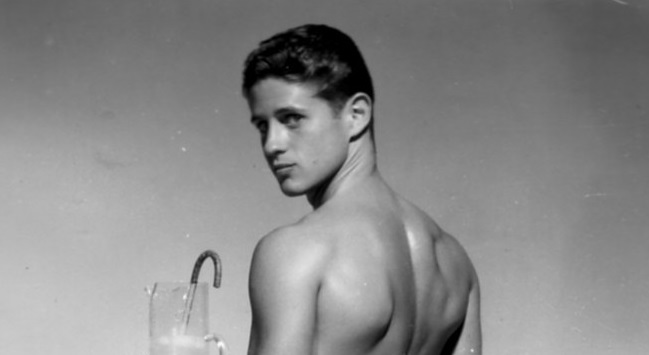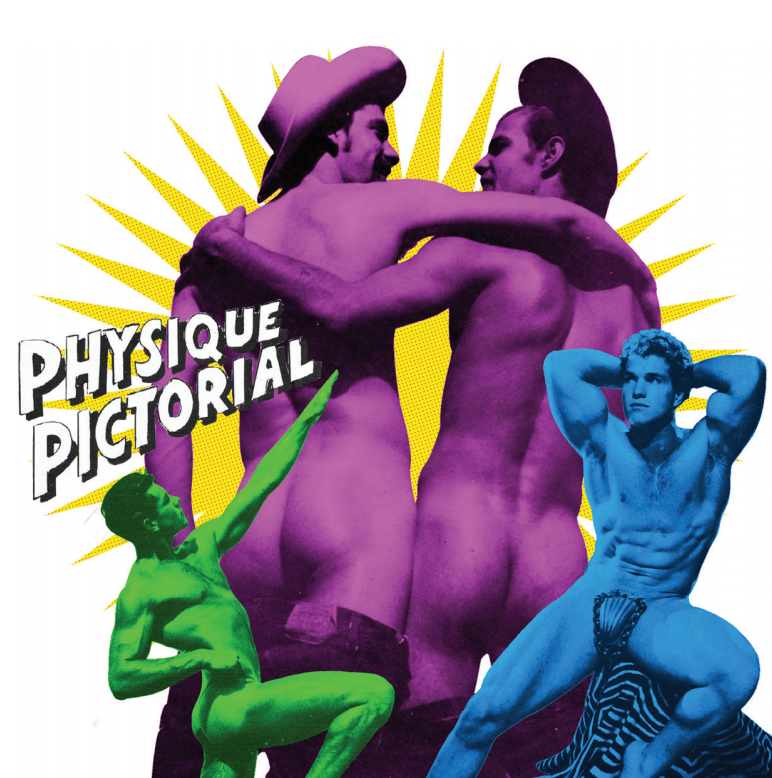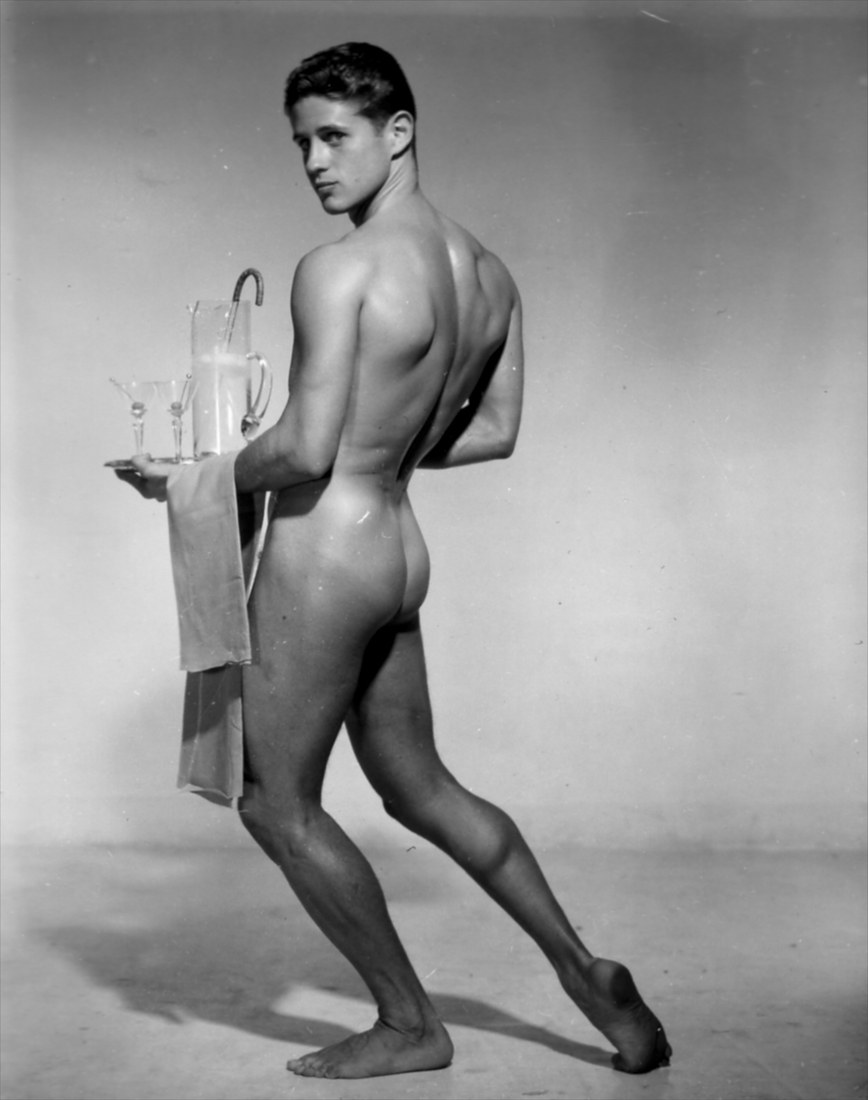The 1950s ‘fitness’ magazine that flew under the radar of the anti-gay brigade
'Physique Pictorial' would become a cherished part of 20th century gay history, writes Juno Dawson.
By Will Stroude

This article first appeared in Attitude issue 293, March 2018
America, 1951. Stringent censorship meant it was illegal to sell gay pornography, so enterprising photographer Bob Mizer created AMG — the Athletic Model Guild — and a companion publication known as Physique Pictorial, a visual celebration of male “health and fitness”.
It was basically porn. But you’ve got to love a loophole.
From a humble LA studio, Mizer ran a family industry. He took the photographs with support from his brother, Joe, while his mum sewed the tiny posing pouches the models wore.
Having already served a jail sentence for distributing pornography, Mizer was never far from the censor’s radar but went on to produce millions of images — and 40 issues of Physique Pictorial — during a 50-year career.
He also commissioned work by other artists and photographers such as Touko Vallo Laaksonen’s now-legendary Tom of Finland, and featured models such as a young Arnold Schwarzenegger and Andy Warhol muse Joe Dallesandro.

These iconic images are so engrained in our collective sex drive, I’m not sure we ever really stopped to imagine the man behind the camera.
Quite the looker himself, Mizer inspired a generation of queer artists. David Hockney’s pool paintings were influenced by his aesthetic and the artist used an image from Physique Pictorial in Life Painting for a Diploma (1962).
Robert Mapplethorpe took what Mizer had started and pushed the envelope further into provocative musings on fetishism and sadomasochism, although he also fell foul of censorship many times before HIV/Aids ended his career in 1989. More recently, I doubt we’d have magazines such as Meat without Mizer.
The aesthetic of Physique Pictorial is classic, all-American beefcakes (indeed, the genre was deemed “beefcake magazines”). Sometimes the tableaus are kinky, but in the campest, most gentle spank of a manner. They do for boys what Gil Elvgren did for “pin-up” girls. It’s clear Mizer worshipped at the altar of male flesh.
It has even been argued that our modern obsession with swollen pecs, biceps and six packs is, in part, down to Mizer’s success in pushing muscular nudes out of porn and into the mainstream; popular culture’s ideal body shape swinging from slender James Dean in the 1950s to bulging Schwarzenegger by the Eighties.

It could be seen as problematic that he seemingly cherished only one type of flesh: almost all of the original models were white and muscular, and I’ll leave it to you to decide if it’s good for the self-esteem of those who don’t fit into this narrow bracket.
When Mizer died in 1992, he left no will and no plan for the conservation of his work, and for almost 30 years, into the hands of private collectors.
Luckily, in 2003, photographer Dennis Bell acquired the entire collection and started the Bob Mizer Foundation.
Now, Physique Pictorial lives again — relaunched in late 2017. The new issues feature classic Mizer photography, plus contemporary works by artists and photographers inspired by his legacy.
